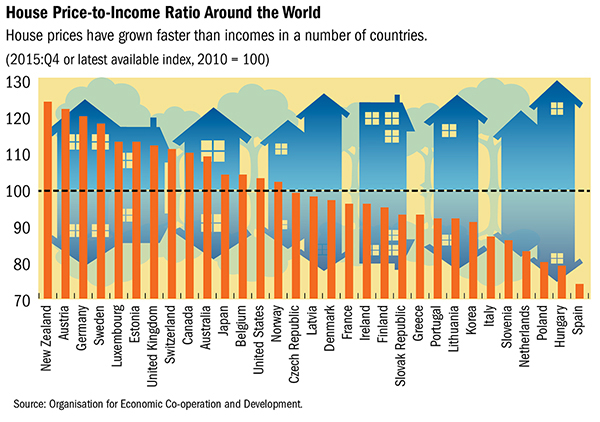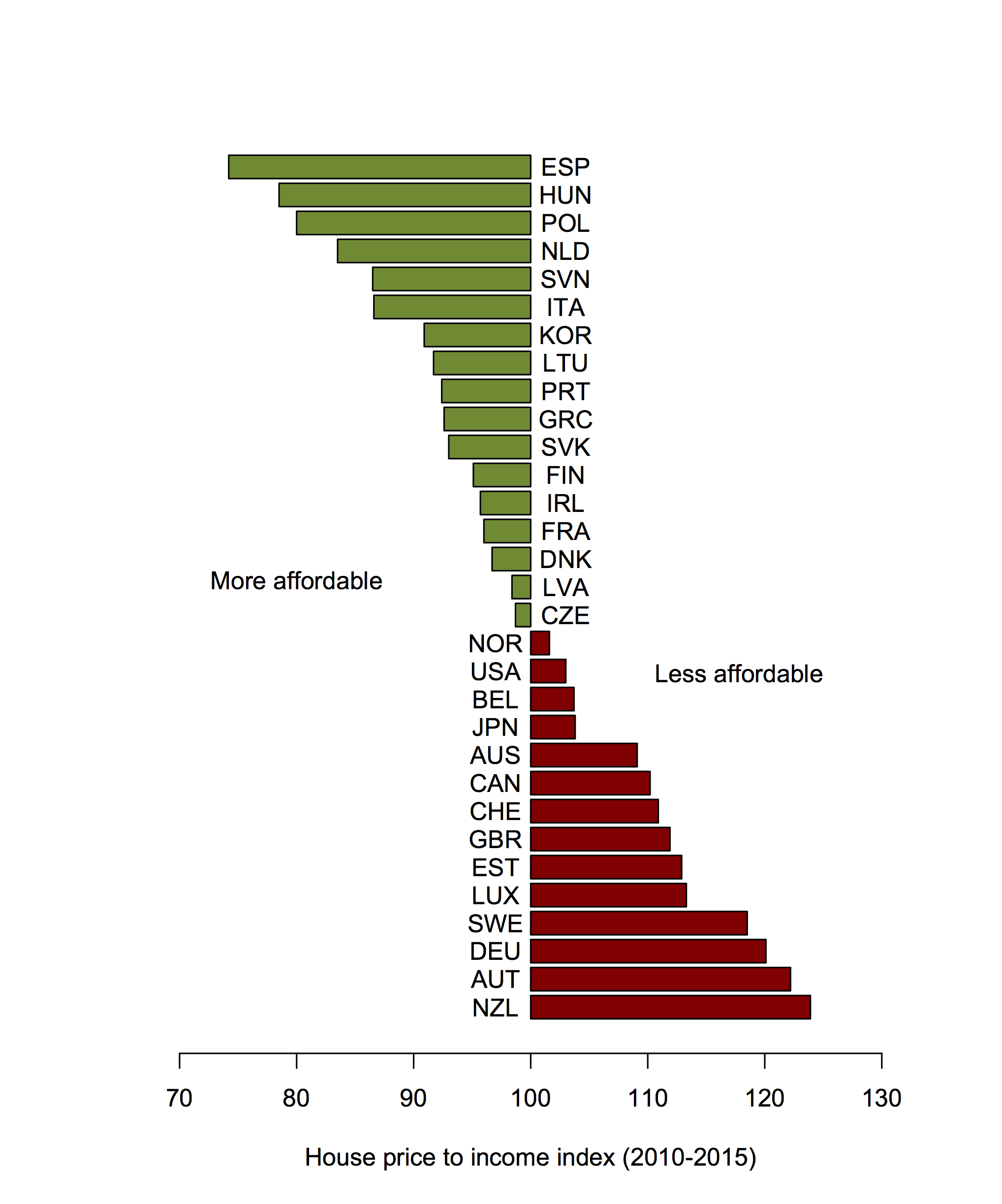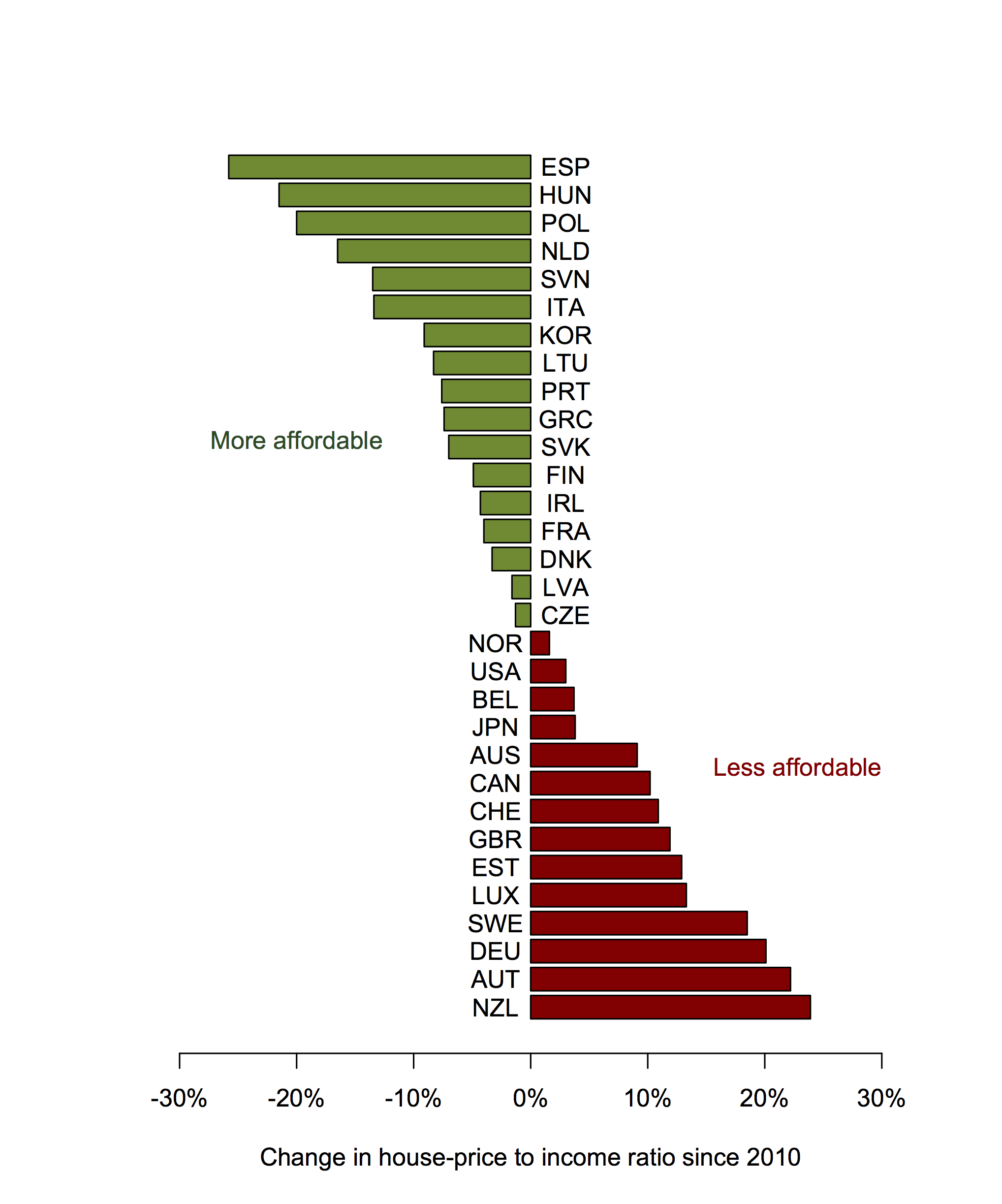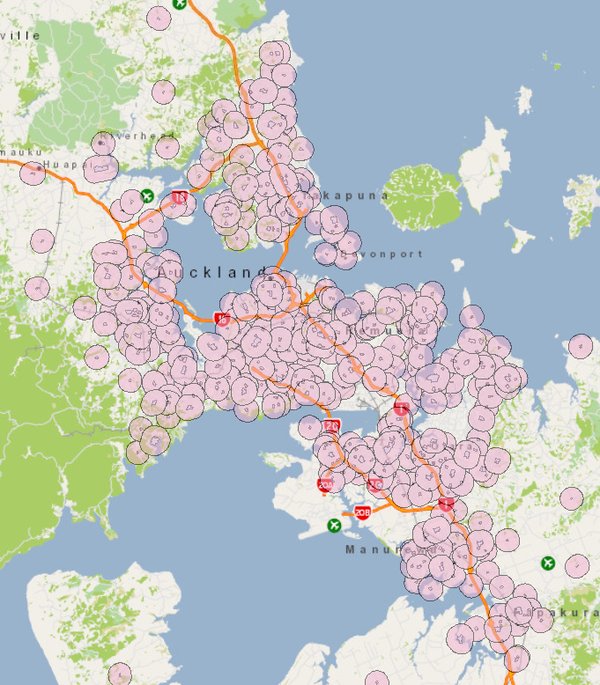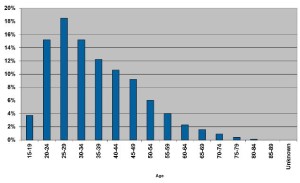Looking up the index
Q: Did you hear that Auckland housing affordability is better now than when the government came to office?
A: No. Surely not.
Q: That’s what Nick Smith says: listen, it’s at 4:38. Is it true?
A: Up to a point.
Q: Up to what point?
A: As he says, the Massey University Housing Affordability Index for February 2016 is lower than it was for November 2008, for Auckland and everywhere else in the country. For Auckland it was 38.44 then and is 33.8 now.
Q: But The Spinoff says one of the people behind the Index says Nick Smith is wrong, that housing isn’t more affordable than it was then.
A: Indeed she does. That’s because housing isn’t more affordable.
Q: But you said the index was lower?
A: Yes, it is.
Q: And lower is supposed to be better?
A: Yes.
Q: But how can the Housing Affordability Index be lower when housing isn’t more affordable? What is the index?
A: If it’s the same as it was is 2006 (which would make sense) it’s median selling price multiplied by a weighted-average interest rate and divided by the mean individual weekly earnings.
Q: Can you translate that?
A: Roughly, the number of weeks of average earnings you’d need to pay the first year’s interest on a 100% mortgage.
Q: So if it’s 34, and you’ve got two people making the average, it’s 17 weeks each out of 52 going to mortgage interest? About 32% of income?
A: That’s right, only you don’t get 100% mortgages, so it’s more like 26% of income. And there’s taxes and insurance and you actually pay off a bit of the principal even in the first year, so it’s more complicated. But it’s a simple summary of the interest cost.
Q: And that’s lower now than in November 2008?
A: So it seems. I wasn’t living in New Zealand then, but it looks like mortgage interest rates were near 9%. The combination of the increase in incomes and the fall in interest rates has been slightly more than the increase in house prices, even in Auckland.
Q: But what if rates go back up?
A: Then a lot of houses will retroactively become much less affordable.
Q: And what about saving for down payments? That’s what all the snake people have been complaining about, and low interest rates don’t help there.
A: Down payments don’t go into the affordability index
Q: But they go into actual affordability!
A: Which is presumably why the Minister was talking about the affordability index.
